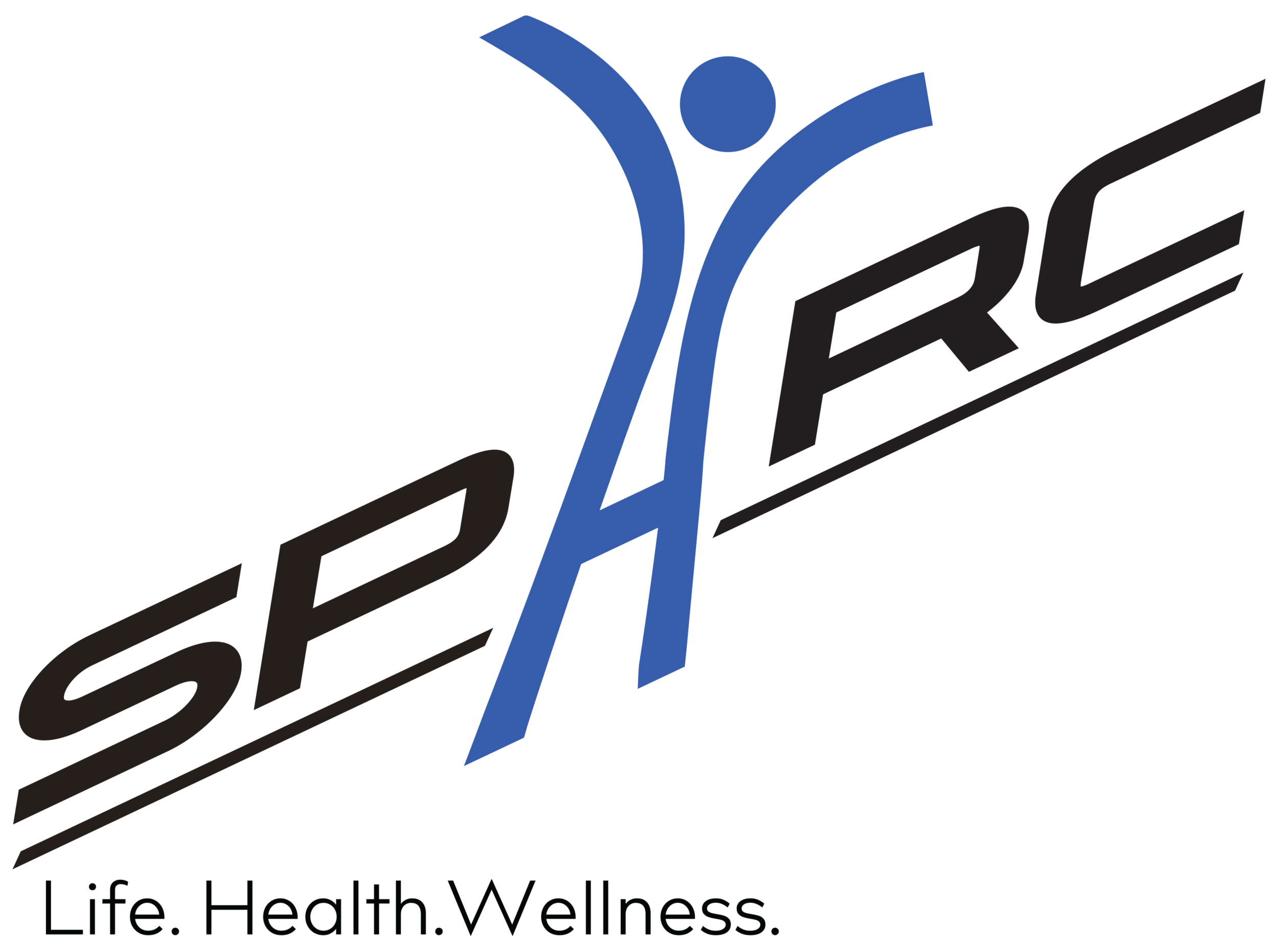Can Chronic Pain Be Cured?
Pain management is a multi-billion dollar industry- 635 billion dollars per year in the United States alone. These costs include Western medical treatments including medication, surgeries and injections and Eastern styles of treatment like acupuncture. If you have chronic pain, you’ve most likely been offered a number of these options.
Most people that walk into our clinic have “failed” many of these treatments and are really frustrated. Are you feeling discouraged, lost or distrustful of the medical system completely? You may be in more pain now than when you were first injured. So is there any way to get rid of chronic pain?
The answer is yes, there is real hope that chronic pain can go away. Many people are reducing or eliminating their chronic pain every year. What’s their secret? Partly, they rely less on the medical system for treatment and are now actively treating their own pain. Granted, there may be an appropriate time for certain treatments like surgery or medications. However, this will not fix the vast majority of chronic pain problems. Why do so many traditional treatments fail?
The Chronic Pain Mistake
Modern medicine can be very useful. When my appendix was about to burst I was very grateful for the medication to put me out of my misery and the surgery to remove the infection. This is an example of acute, or sudden onset, pain. During initial injury, you experience actual tissue damage which results in pain. The role of a clinician is to help your body repair itself. Doctors will often prescribe medications to help you manage acute pain, advise you on activity modification so you can heal, or send you to surgery if there’s been extreme structural damage.
Sadly, medicine often treats chronic pain with the same treatments used for acute pain. Why doesn’t this work and why can it make the problem worse? Most damaged tissues repair within 6-12 weeks. If you’re more than 3-6 months out from your initial injury and you’re still feeling pain, chances are the pain isn’t because you still have tissue damage. Therefore, acute pain management techniques won’t properly address the problem. Unfortunately, acute pain treatments used habitually for long periods of time can produce negative side effects including gastrointestinal issues, depression, sleep problems, and ironically more pain. If your body has healed then why do you still feel pain?
What is Pain?
The most current evident-based research shows that pain is a sensation generated by the brain to protect us from danger. For example, if you put your hand on a hot stove, you’ll feel pain and pull your hand away even before you’re burned. When you experience an acute injury, like breaking your leg, your brain prompts you to seek immediate attention by generating pain. Imagine if you got injured but never felt any pain. How dangerous to your life that could be!
“Most chronic pain treatments fail to properly address the brain's role in producing pain.”
If it has become chronic, pain no longer signifies actual tissue damage. Instead, when the nervous system produces pain signals for a long time, it starts to get better and better at producing pain even when your body has healed. Over time, your nervous system gets more protective and more quickly produces pain than before even though your initial injury no longer exists. This can feel confusing because we tend to associate pain with damage.
Finding lasting relief can be difficult because most pain treatments fail to properly address the brain’s role in producing pain. The brain has become overprotective and is generating pain for a reason. If the underlying reason(s) aren’t addressed then the pain will often get worse and spread to other areas of the body.
Effectively Treating Chronic Pain
If you have chronic pain there is hope. However, treatments improve the brain and nervous system. The less overprotective your nervous system is, the better you will feel. In fact, the brain can actually rewire itself to produce less pain. The good news is that effective chronic pain treatments target the root causes of pain and don’t have the bad side effects of other procedures. What should chronic pain treatments specifically address?
• Movement quantity and quality
• Sleep
• Nutrition
• Your body’s inflammatory response
• Exercise
• Stress
• Your environment
• Your beliefs, thoughts and emotions about pain
• Pain science education
• Getting you back to your normal activities, work, sport etc.
No one can cure your pain for you. Once you learn the tools for improvement, it will be up to you to make the needed changes. The SPARC team passionately believes in treating the whole human being and guiding you to better quality of life. If you’re tired of not seeing the progress you want we would like to help you. Our services are designed for everyone from including those in the worker’s comp system all the way to athletes competing at the highest level.

